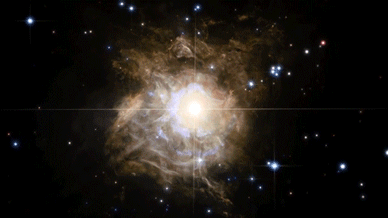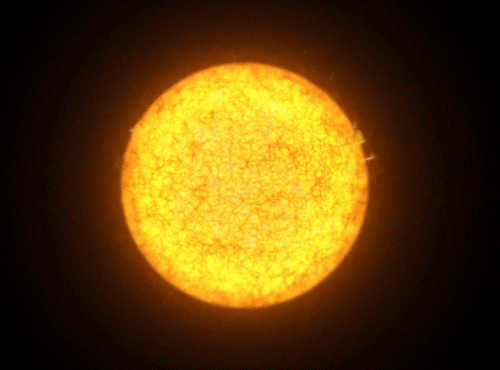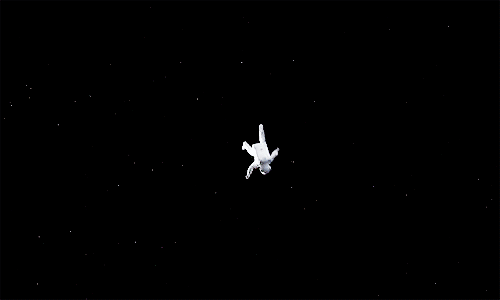
A Cepheid variable is a star whose particularity is that it palpitates in a radial way, differing in magnitude and temperature, as well as creating changes in brightness depending on a steady period and volume, which is the reason it is called a variable cepheid. It is 4 to 5 times more massive than the sun and 100 to 30 000 brighter.
The two types of Cepheids are:
The original Type I or Classical Cepheids, and a faintly more subdued Type II or W Virginis Cepheids.
The Type I Cepheids have a period of 5-10 days in average, and the variations in their luminosity are less prominent. Type II Cepheids on the other hand have a period of 12 to 30 days, and are not as bright as the Cepheid variables type I stars.

Cepheid variable stars are glowing stars that throb with periods extending from 1 to 50 days. The radiance varieties of these stars are persistent and unchanging, permitting the periods of the stars to be precisely measured.
One of the issues that can happen with Cepheid variables is that some of the light from the star can be absorbed on its way to Earth. If the star loses some luminance, it is therefore much more difficult to determine its position and seem as though it is more distant than it is in reality.
Henrietta Swan Leavitt, an American Harvard astronomer, observed in 1912 that 25 Cepheid stars would fluctuate in brightness, between a strong luminosity and a fainter one. She managed to evaluate the period of each star by measuring the time in between its fluctuations in luminosity. What she found out was that the more intense was the brightness of the Cepheid variable, meant the longer was its period. Therefore, it was found that Cepheid variables are exceptional stars in a sense that once the luminosity of the star is determined, so is its period.
High Luminosity= Long Period.

American astronomer Henrietta Swan Leavitt, born in 1868 in Massachusetts, was a graduate from Radcliffe College. She had become deaf after an illness, but was employed at the Harvard College Observatory where she made herself noticed in Charles Pickerings team. As women were prohibited from using telescopes, her job consisted in calculating and keeping track of the luminosity of stars. This is what later on resulted in her discovery when it came to Cepheid variable stars, which was that the brightness of this star was in direct correlation with its period. This meant that other astronomers were now given a way calculating the distance from earth to different galaxies, completely changing how these distances were measured before her discovery.
In 1924, a member of the Swedish Academy of Sciences nominated Henrietta Swan Leavitt for the Nobel Prize in Physics, unaware of the fact that she had died from cancer in 1921. An asteroid was later on given her name, as well as a crater on the Moon.
